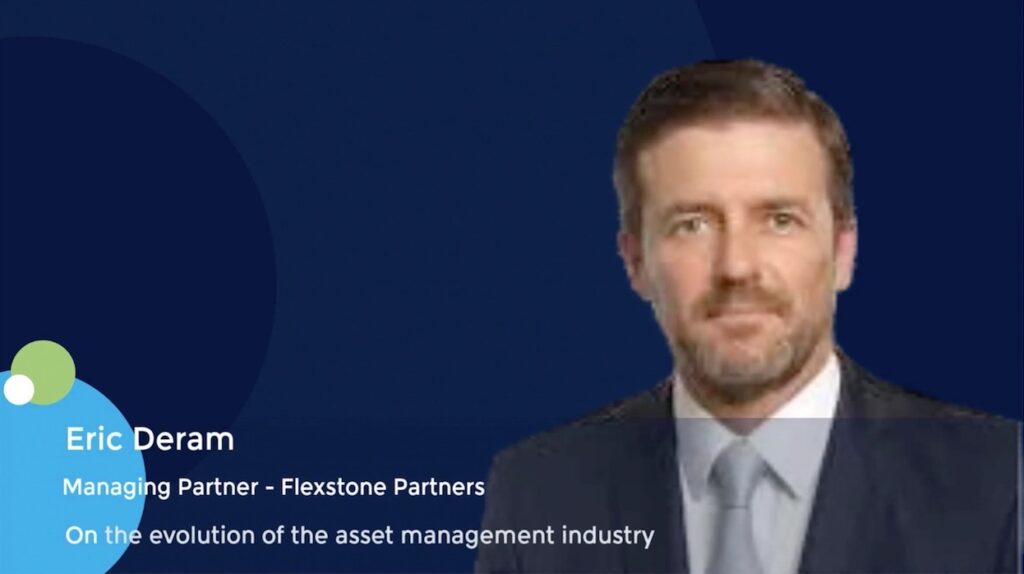Providence-backed Seesaw seeks more buys after first acquisition – CEO
- Acquired MENA-based Arabic literacy edtech mid-April
- M&A targets could include curriculum and digital tool providers
- Diversifying to non-English speaking markets
Seesaw, a San Francisco-based elementary learning platform, is actively seeking more acquisitions, said CEO Matthew Given.
Although the company has been backed by Providence Equity since 2021, it just recently made its first add-on acquisition. Seesaw announced on 15 April that it had acquired Amman, Jordan-based edtech startup Little Thinking Minds, expanding its reach in the Middle East and North Africa region.“This is the first acquisition. We look all the time,” said Given.
Going forward, Given said his group is now focusing more on expanding in non-English-speaking markets. Seesaw is currently available in American English, British English and Australian English. The company will release Seesaw in Portuguese, Spanish and French in the next month, he said. Arabic will also be introduced following the recent acquisition. “Those markets are really interesting to us, as are new public-school markets around the world,” Given said, adding that these markets are “focus points now for M&A. ”Targets have to represent the right fit, mission, culture, product and strategy, said Given.
Givens said users love Seesaw. “We need to keep that.” There is no real limitation as to size, content or market and Seesaw would consider startups or companies larger than itself, he added. The company could acquire a curriculum provider to bolster its current offering, which was the case for Little Thinking Minds, or a business in an adjacent space such as parent communication apps or digital portfolio tools.
Given, who has been CEO for two years, said the company was established about 15 years ago and enjoyed explosive growth during the Covid-19 pandemic when elementary schools were forced to be fully remote. Most of the company’s students are Pre-K through grade six, he said.
Seesaw expects to have USD 60m in revenue this year, he said, about equal to 2024. The company’s growth in the US has leveled out in part because government stimulus funding for school districts during the pandemic has ended, said Given. “US edtech has been an utter disaster in the last couple of years,” he said. “The removal of Esser funding is very challenging for edtechs with the US as their primary market.” Seesaw is no exception, given that 60% of its business is in the US, including the recent acquisition, said Given. The CEO said one third of US elementary schools use Seesaw and it plans to continue expanding offerings to them. But the US is not seeing the growth that international markets offer, he added.
One area of concern is the Trump Administration’s vow to dismantle the US Department of Education. “Obviously federal funding for K-12 schools is uncertain at the moment,” Given said. “It slows decision-making processes by school districts.”
Although it isn’t the only funding source, federal funding is “disproportionately applied to programmatic spending”, he said. “The US will remain challenging for a period of time,” Given said. “We are working our way into non-English language markets.” Part of that diversification will be through M&A. “The MENA deal is a direct reflection of that,” said Given. “There are more tailwinds internationally than domestically at the moment.”
Seesaw is available in around 150 countries and has over 25m users. The company is not just a learning management system but also a provider of supplemental curriculum and digital portfolios of students’ schoolwork. There are competitors in each of those segments, but few if any companies do everything Seesaw does, Given said.
The company works with private and public schools in Australia, New Zealand, the UK, US and Canada. Seesaw is in more than 50% of elementary schools in Australia, both public and private, he said. It is now working on getting into public schools in Brazil, said Given, and following its acquisition of Little Thinking Minds plans to build an Arabic language version of Seesaw to debut later this year.
In the MENA region, Given said there is a strong effort to increase spending on education in order to expand the Gulf economy beyond oil and provide education to girls in higher grades than in the past. “We are excited to help with that,” he added. The Arabic speaking MENA market has 550m people while the US has 350m, he said, with a declining younger-age population. Latin America is also “a gigantic continent” with Portuguese and Spanish as the main languages, he said.
The acquisition was sourced through EDT, a consulting firm. Little Thinking Minds had 60 employees. Following the deal, Seesaw’s total headcount rose to around 270 employees.
On an organic basis, the company will introduce Seesaw in other languages read from right to left besides Arabic such as Mandarin, he said. The company also plans to open a location in Kuala Lumpur to complement its new location in Jordan through Little Thinking Minds, Given said.
There was no lender on the deal.











